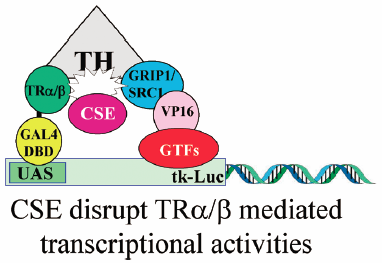- J-STAGE home
- /
- Biological and Pharmaceutical ...
- /
- Volume 41 (2018) Issue 3
- /
- Article overview
-
Misa Hayashi
Department of Medicine and Clinical Science, Graduate School of Pharmaceutical Sciences, Mukogawa Women’s University
-
Kumi Futawaka
Department of Medicine and Clinical Science, Graduate School of Pharmaceutical Sciences, Mukogawa Women’s University
-
Midori Matsushita
Department of Medicine and Clinical Science, Graduate School of Pharmaceutical Sciences, Mukogawa Women’s University
-
Mayuko Hatai
Department of Medicine and Clinical Science, Graduate School of Pharmaceutical Sciences, Mukogawa Women’s University
-
Noriko Yoshikawa
Department of Medicine and Clinical Science, Graduate School of Pharmaceutical Sciences, Mukogawa Women’s University
-
Kazuki Nakamura
Department of Medicine and Clinical Science, Graduate School of Pharmaceutical Sciences, Mukogawa Women’s University
-
Tetsuya Tagami
Division of Endocrinology, Metabolism and Hypertension, Clinical Research Institute, Kyoto Medical Center, National Hospital Organization
-
Kenji Moriyama
Corresponding author
Department of Medicine and Clinical Science, Graduate School of Pharmaceutical Sciences, Mukogawa Women’s University Division of Endocrinology, Metabolism and Hypertension, Clinical Research Institute, Kyoto Medical Center, National Hospital Organization
2018 Volume 41 Issue 3 Pages 383-393
- Published: March 01, 2018 Received: September 11, 2017 Released on J-STAGE: March 01, 2018 Accepted: December 14, 2017 Advance online publication: - Revised: -
(compatible with EndNote, Reference Manager, ProCite, RefWorks)
(compatible with BibDesk, LaTeX)


